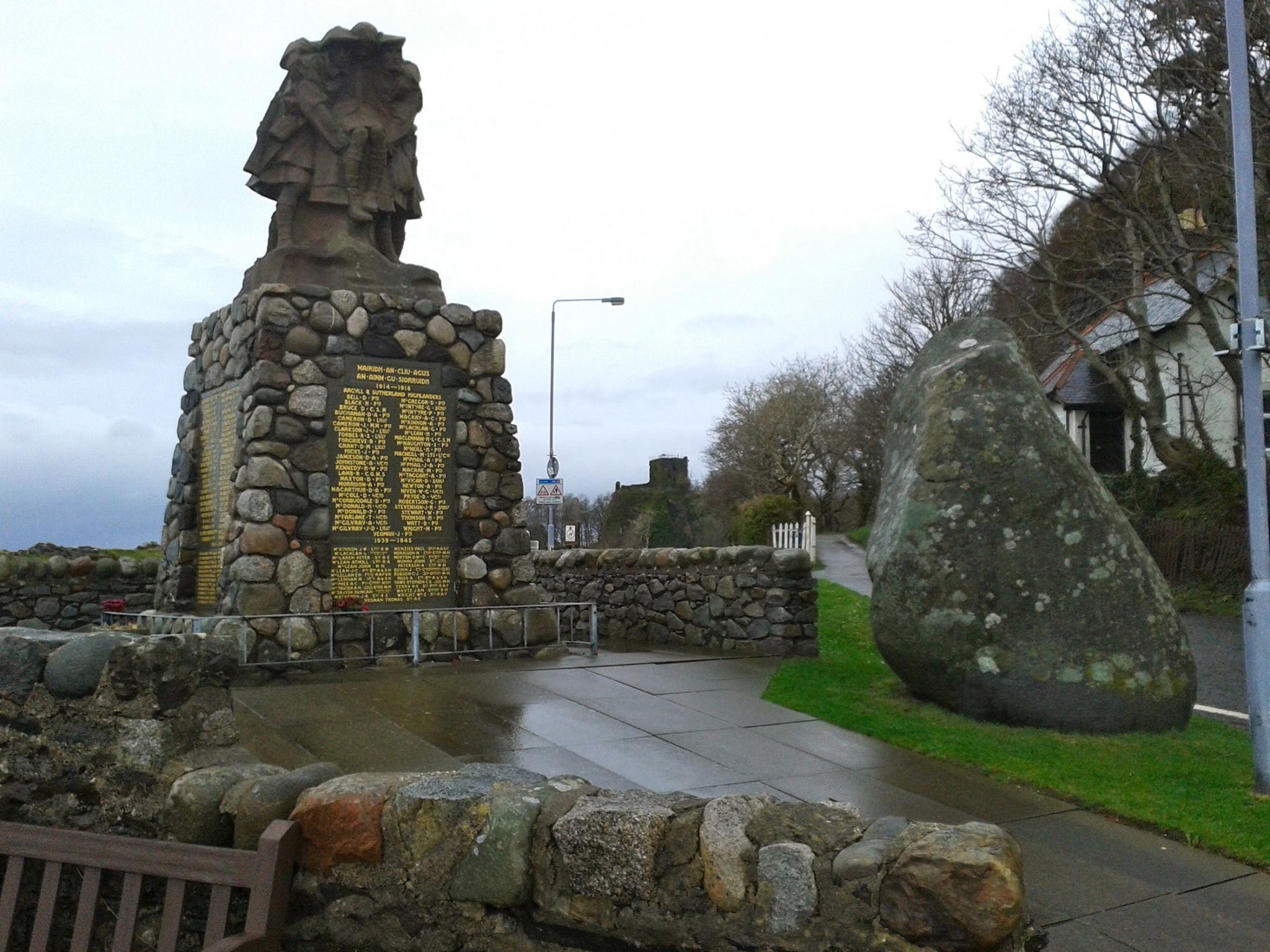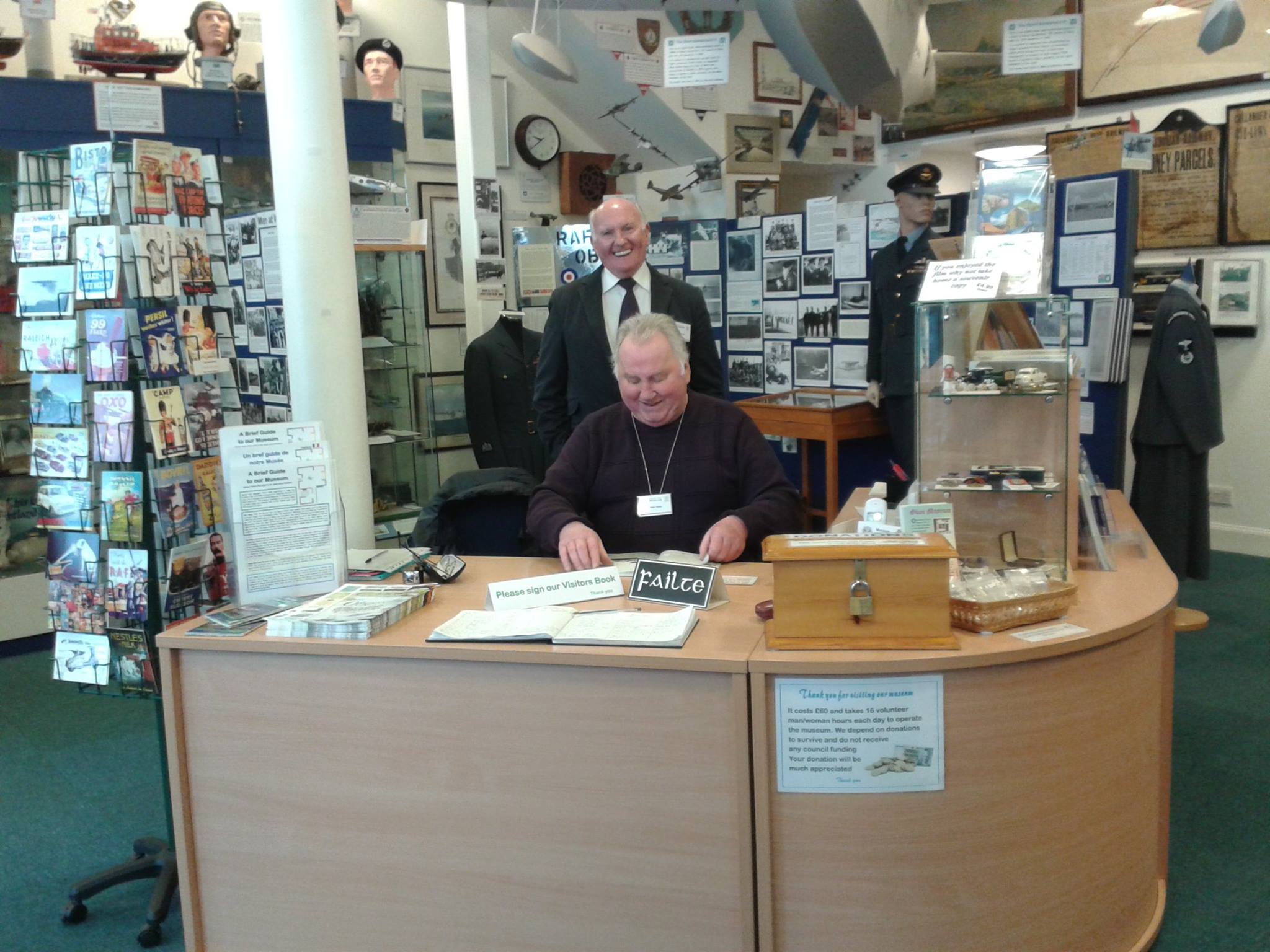I moved to Oban, on the west coast of Scotland, in late October. A few weeks later it was November, and the town was blanketed in red poppies. I soon learned that’s the symbol for war remembrance here. Poppies bloomed in the fields of battle, and red, of course, symbolizes blood.
Maybe it was just Remembrance Sunday, but I had formed the impression that the World Wars are more present here. I’d read articles in the local newspaper about an island war memorial getting fixed up by school pupils, and a new war monument being built in a nearby village – even now, 100 years on. I thought I’d learn more at the Oban War and Peace Museum, so I stopped in yesterday.
One of the volunteers said he hoped I was coming in to learn something, not to just get in out of the rain. But when I told him I was there to learn about World War One, he frowned. Oban was critical in the World War Two effort, but the first world war? “The ones that would tell the stories are dead.”
As we talked, though, stories did come. One remembered a disabled World War One vet in his neighborhood when he was a boy. Another knew his father had been wounded and carried out of a trench on his best friend’s shoulders.
That generation didn’t talk much about hardship, but they ran businesses in town and raised children, who had children of their own. And as we talked, I began to see Oban as they do – a small town where people know one another and one another’s families, in some cases going back many years. One of the men, now in his 60s, said he’s still known as “Toadie’s grandson”– though his grandmother is long gone, she’s quite alive in him.
I thanked the men and left the museum. It had stopped raining, so with the old pictures and stories in my mind, I set off down the seafront to Oban’s war memorial. I thought I might quickly count the names.

WWI Monument in Oban, Scotland
But I soon realized, though I’ve walked past the monument many times, I had never really looked at it. A few battered red poppies beat in the wind near the base, and I looked up at the names of war dead, 1914–1918, on the side of the war memorial that faces Oban. Then I turned and saw that the list continues along another side. Then I turned, and turned again. This old stone monument, in a small Scottish town, is wrapped on four sides with the names of war dead.
One of the men I had talked to in the museum remembered seeing a photo from 1923, soon after the monument was built. “Hundreds of folk round it, just literally hundreds.” And I realized they’d given me my answer – why even now, this old war feels more alive here.
Those names on the monument?
“Local people,” he said simply.

